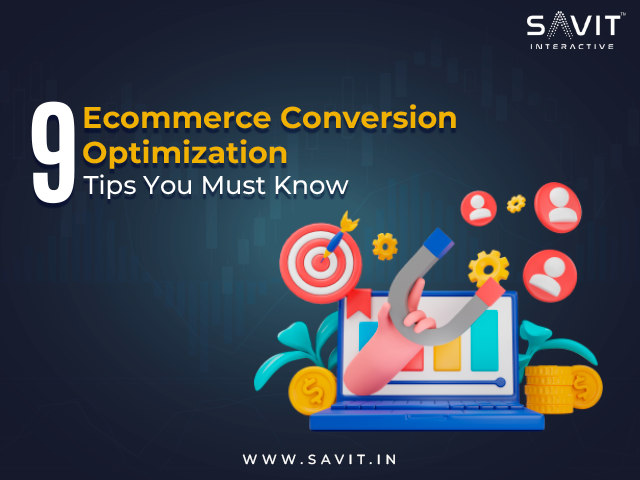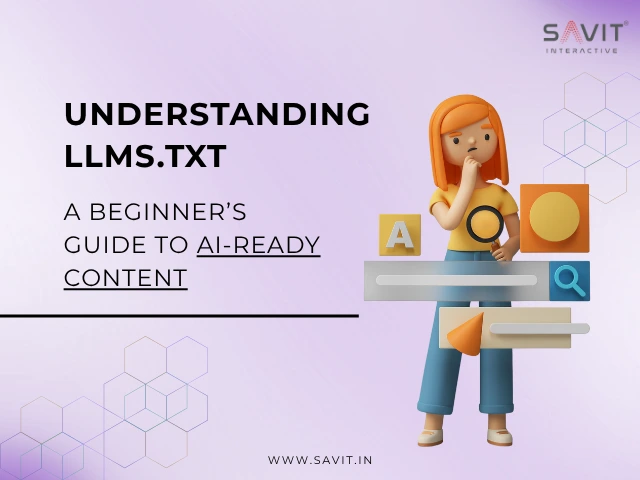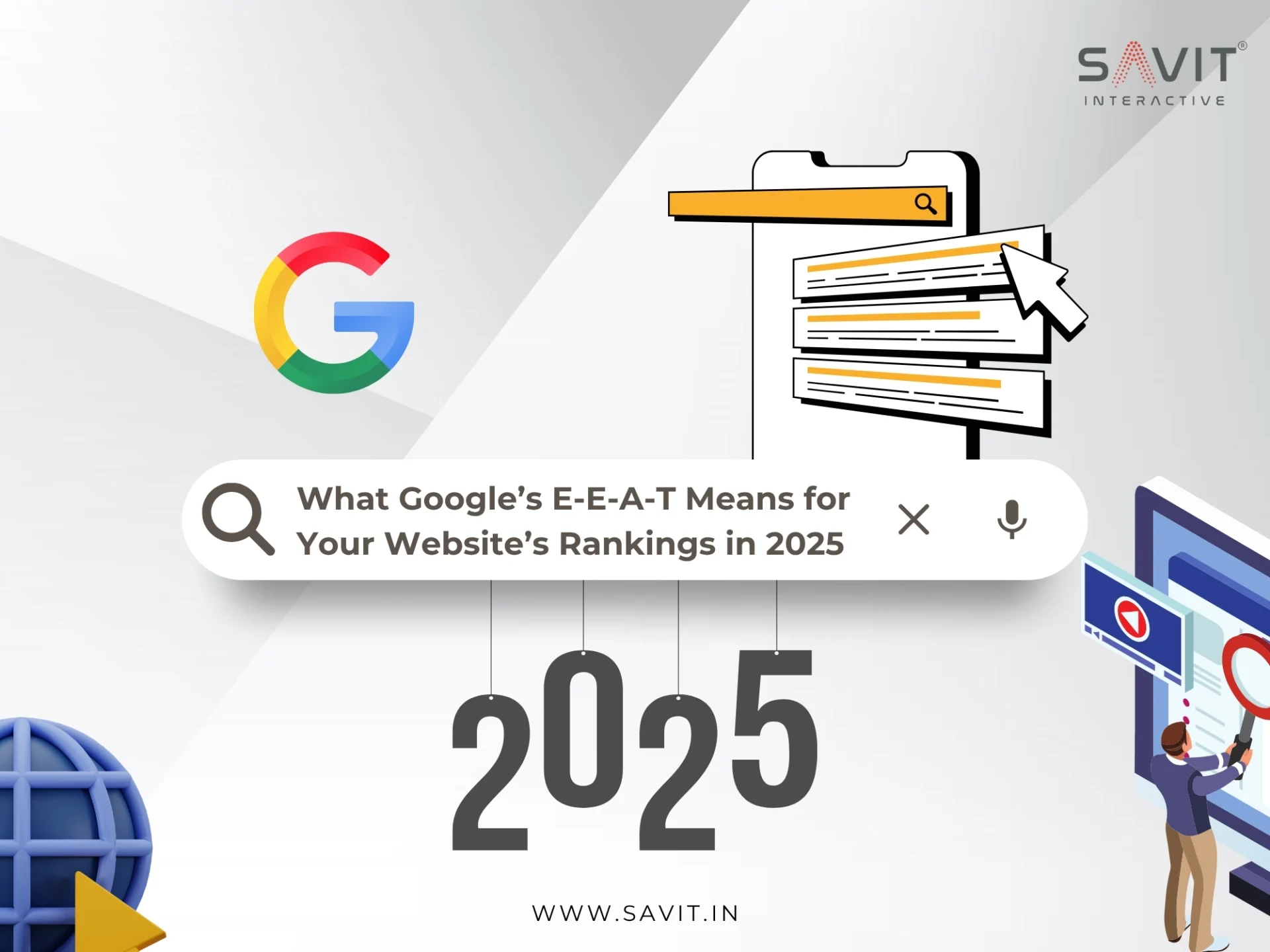Do you engage in Internet sales? Do you want to discover how to use your existing audience to sell more of your products online? Conversion optimization for an eCommerce website is your indestructible weapon. This blog will review ways to boost your website’s traffic and e-commerce conversion rate. If you prefer to read, there are nine e-commerce optimizations listed below.
If you are interested in this, it is presumable that you have the:
- Have an online store setup
- All of your products were listed online.
- Provided the names and descriptions of your products
- Your products are divided into category pages.
Even after you have uploaded everything, your work is not finished. After you develop excellent content and a functional website, purchases and conversions do not occur instantly. To see more sales come in, you must optimize your website for conversions.
We will go through what conversion optimization for an eCommerce website is, how you can get started, and how to lead your company to success whether you are an SMB owner trying to increase your e-commerce conversions or a marketing manager trying to do the same.
Definition of an e-commerce conversion rate:
If you are unfamiliar with the word “conversion”, you are undoubtedly perplexed. In essence, a conversion can be used to describe any desirable activity that your clients take. On your e-commerce website, this may be a purchase. Other frequent Conversion optimization for eCommerce website include customers adding items to their shopping carts or wish lists, customers signing up for emails or newsletters, customers sharing content on social media, or virtually any other key performance indicator (KPI) that your business considers essential.
The percentage of site visitors that do the intended action is measured by the e-commerce conversion rate. You may figure this out by dividing the entire number of conversions by the total number of website visitors. To obtain a percentage, simply multiply that number by 100. You can also utilize the Google Analytics conversion revenue calculator for a hassle-free response. By performing this calculation, you can determine which pages on your website encourage customer interaction and which have the opposite impact.
What constitutes a successful conversion rate for online sales?
With some variance, naturally, the average e-commerce conversion rate can be approximately 1.84%. Even though it can appear small, this number can result in sizable streams of income for your company, particularly if you take steps to improve it. There are several strategies for ecommerce website design & improving e-commerce conversion rates.
Nine e-commerce conversion improvement suggestions
The beauty of e-commerce conversion rate optimization is that by experimenting with various strategies on your website, you may convert more of the visitors therein into leads and customers. The fact that they are on your website indicates they are already interested, so you just need to point them in the correct direction.
A/B testing is the cornerstone of conversion rate optimization in any sector. Therefore, it is advisable to compare the performance of your original page to the recently optimized one while making modifications to your website. The page that performs better remains.
Here’s the list of tips to improve e-commerce conversion:
1. Monitor precise data
You must ascertain where your company stands right now in order to increase conversion rates. If you don’t already have one, create a Google Analytics account and enter the conversions you want to monitor, like online purchases or cart additions. Additionally, GA will assist your company in understanding how customers arrive at your website, how long they remain there, where they are from, what devices and browsers they usually use, and how many convert. Additionally, Hotjar, Google Optimise, and Userlytics are excellent tools for discovering how visitors engage with your website. You can obtain heatmaps and records of user sessions on your website; thanks to Hotjar, you can see how visitors interact with your pages.
An A/B testing tool called Google Optimise divides your website’s visitors into groups so they can examine various versions of your content. Whichever performs better over a specific time period can be compared. Consider Userlytics as a very sizable online focus group where you may assign participants certain tasks and solicit their opinions on your website. Understanding how to adjust your e-commerce conversion rate optimization to your website consumers requires having all this information.
2. Employ top-notch photos and videos
You can flaunt your products by providing users with high-quality pictures and videos of the products you sell. People can’t exactly use your stuff (or see you do your work) while they are sitting at home. They should be able to see a preview of their order’s contents when they visit your website. You may utilize multimedia to help website visitors comprehend the value of your business, whether it’s a close-up of wall decorations or an explanation video that walks consumers through your power washing services. With an E-commerce website design service, build an aesthetically pleasing e-commerce store.
3. Provide comprehensive product descriptions
Customers cannot physically inspect products when shopping online. Give them as much detailed information as possible to aid in their decision-making. Unless you do, there will be fewer online conversions because your product descriptions are too ambiguous to encourage a visitor to buy.
4. Outline your USPs in clear, simple language.
What distinguishes your enterprise, product, or service from your competitors? Why would a customer pick to purchase from you? Make sure your users are aware of these USPs because they can just be what prompts them to buy your good or service. Your product descriptions, page headlines, or buttons should all have USPs. Be inventive and test out several possibilities until you find the effective ones.
5. Inform buyers that your online store is secure.
Even though online buying is becoming more and more common, some consumers could be cautious due to concerns over possible data security issues with online retailers. To reassure your clients that their data is safe, display data security badges or visual clues, indicators of the secure credit card payment choices your e-commerce site provides.
6. Examine your online checkout procedure
If you want customers to convert, make sure your checkout process is faultless, speedy, and simple to use. Clear instructions, auto-fill choices, and a variety of payment methods are just a few excellent features to use during the checkout process. Another excellent tool to use is progress bars. Use progress bars to show users where they are in the checkout process. These products will aid in directing customers through the checkout process and giving them a more complete online experience.
7. Ensure your “add to cart” and “checkout” buttons are clearly visible.
Don’t force consumers to look for instructions on beginning the checkout process or adding an item to their cart. Whether through size, colour, font, or all three, make sure these buttons stand out on your page. Even better, you can move the button to a more prominent spot. For example, the text you use with your basket button can significantly impact your e-commerce conversion rates. Use a catchy statement like “Buy my items” or “I’m ready to buy” if consumers don’t respond to “Add to cart” or “Check out.” Running a test won’t do any harm! You can always return to the first concept if the examination doesn’t go as expected.
8. Let customers to checkout as visitors
Why should you make users log in when they occasionally choose not to do so when checking out? There is no urgent need for them to enter into their account or establish a new one since you will already have their email and name when they check out. It’s only another step in the procedure that can drive visitors away and to your competitors’ websites.
9. Contact customers who left their carts unattended
Keep an eye out for abandoned carts. To nurture the potential lead for your online store further, contact these users and remarket to them by email. Let them know that you are running special deals and promotions right now and that they may have forgotten something. By including a coupon, such as 10% off the user’s cart, in these retargeting emails, you can further encourage customers to finish their purchases.
If you want to obtain e-commerce conversion, get an E-commerce website design service and e-commerce SEO services by Savit Interactive right away to optimize your E-commerce website.



